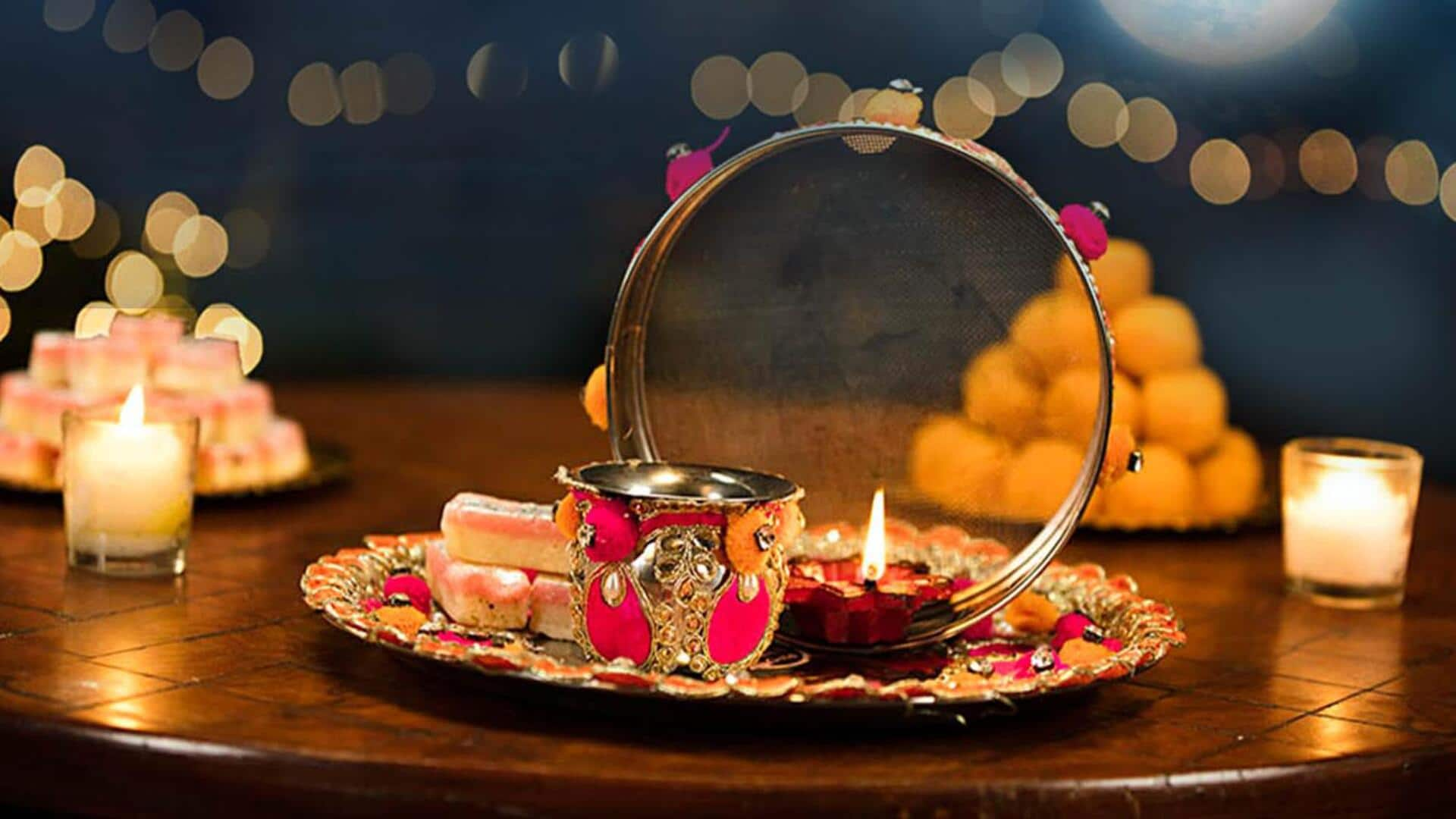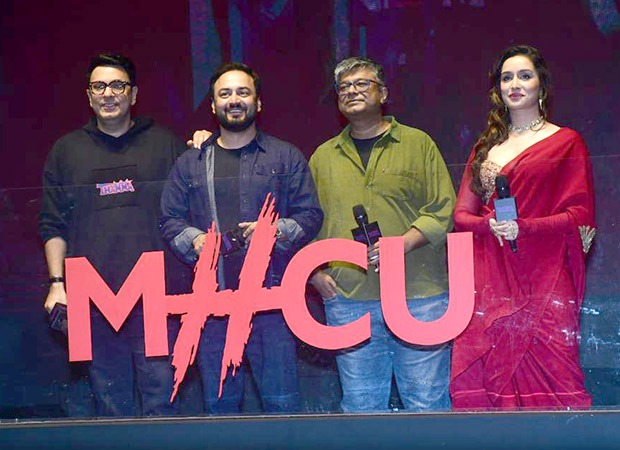**Karwa Chauth Rituals Explained: From Sargi to Moonrise Puja**
*By Anujj Trehaan | Oct 03, 2025, 06:22 pm*
Karwa Chauth is one of the most cherished festivals for married women in India, celebrated with devotion, love, and togetherness. Observed on the fourth day after Sharad Purnima, women fast from sunrise to moonrise for the well-being and longevity of their husbands. With unique rituals that blend tradition and symbolism, Karwa Chauth beautifully reflects cultural heritage, family bonding, and timeless expressions of commitment and love.
### 1. Sargi Before Sunrise
The rituals begin early in the morning with **sargi**, a pre-dawn meal lovingly prepared by mothers-in-law for their daughters-in-law. This meal usually includes fruits, sweets, dry fruits, parathas, and refreshing drinks. Eating sargi before sunrise is significant as it symbolizes blessings and maternal care, providing women with the energy needed to sustain the demanding fast throughout the day.
### 2. The Daylong Fast
After sargi, women begin their **nirjala fast**, which means abstaining from both food and water until moonrise. This fast is observed with prayers and devotion for their husband’s well-being and prosperity. During the day, women engage in light household activities, dress in festive attire, and often gather with other women to share stories or prepare for the evening rituals.
### 3. Karwa Chauth Puja
In the evening, women come together with decorated thalis containing diyas (oil lamps), sweets, sindoor (vermilion), and a small karwa (clay pot). The puja is typically performed in groups and guided by an elder or a priest. Stories of Karwa Chauth’s origins and significance are narrated, and women pass their thalis around in a circle while chanting prayers. This ritual fosters community spirit and shared devotion among participants.
### 4. Waiting for the Moonrise
After the puja, the eagerly awaited moment of moonrise arrives. Families often gather on rooftops or in open spaces. Women hold decorated sieves or water vessels, looking toward the moon before turning their gaze to their husbands. This act symbolizes filtering out hardships, seeking blessings, and celebrating love. The moment is deeply emotional and highly symbolic.
### 5. Breaking the Fast
Once the moon is sighted, husbands offer their wives the first sip of water and a morsel of food, marking the end of the fast. Families then enjoy a celebratory meal together, featuring festive dishes prepared especially for the occasion. This marks the transformation of spiritual discipline into a joyful celebration of marriage, unity, and cherished relationships.
Karwa Chauth remains a beautiful tradition that honors marital bonds with faith, love, and cultural richness, celebrated by millions across India.
https://www.newsbytesapp.com/news/lifestyle/karwa-chauth-rituals-explained-from-sargi-to-moonrise-puja/story




